Common terms for dancing or dancers in the 1920s included “hoofer” and “heeler” for a good and a bad dancer respectively. A dance itself was often called a “hops”. If a dancer would not leave the dancefloor they were called a “floorflusher”. Other more specific terms included “putting on the Ritz,” meaning a very showy dance.
Dancing was enormously popular in the 1920s, as morals and social values shifted and young people became more interested in having wild and free fun than their parents had been.
The shackles of Victorian society were gradually broken in the early 20th Century until we had the full on roaring dance parties of the 1920s.
Let’s find out more.
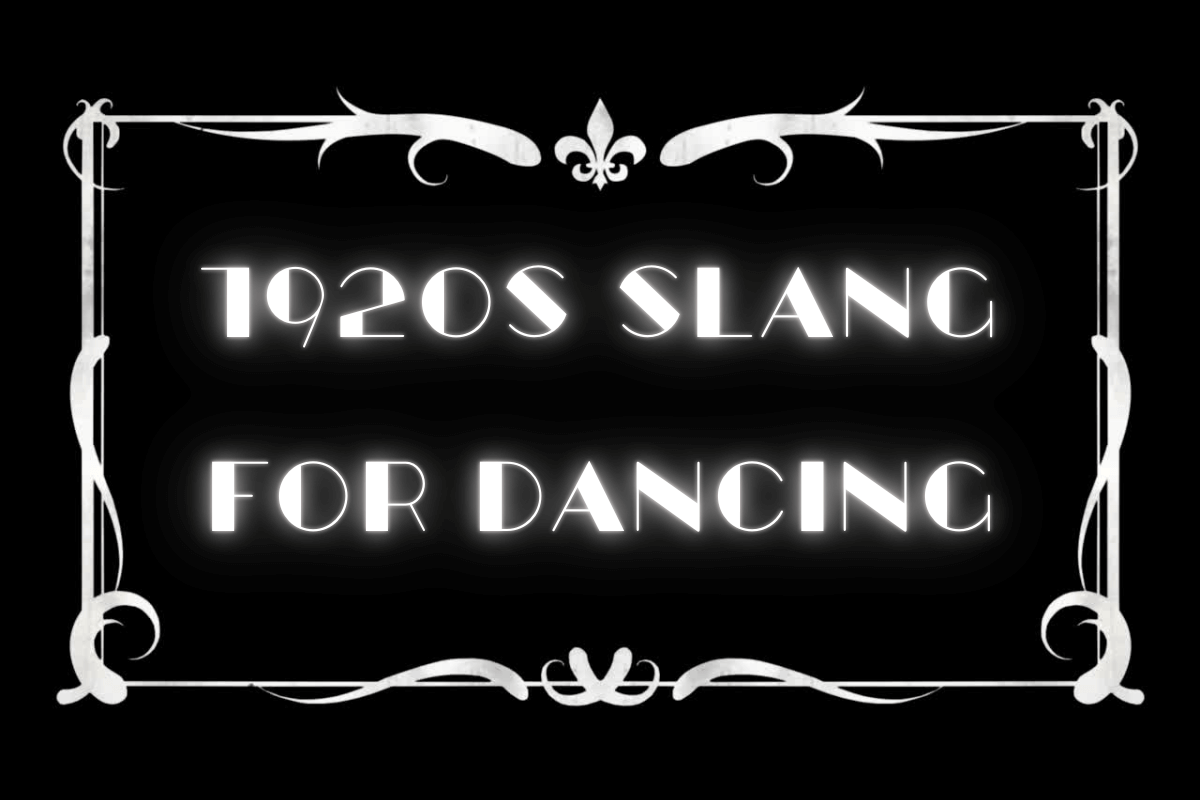
Charleston
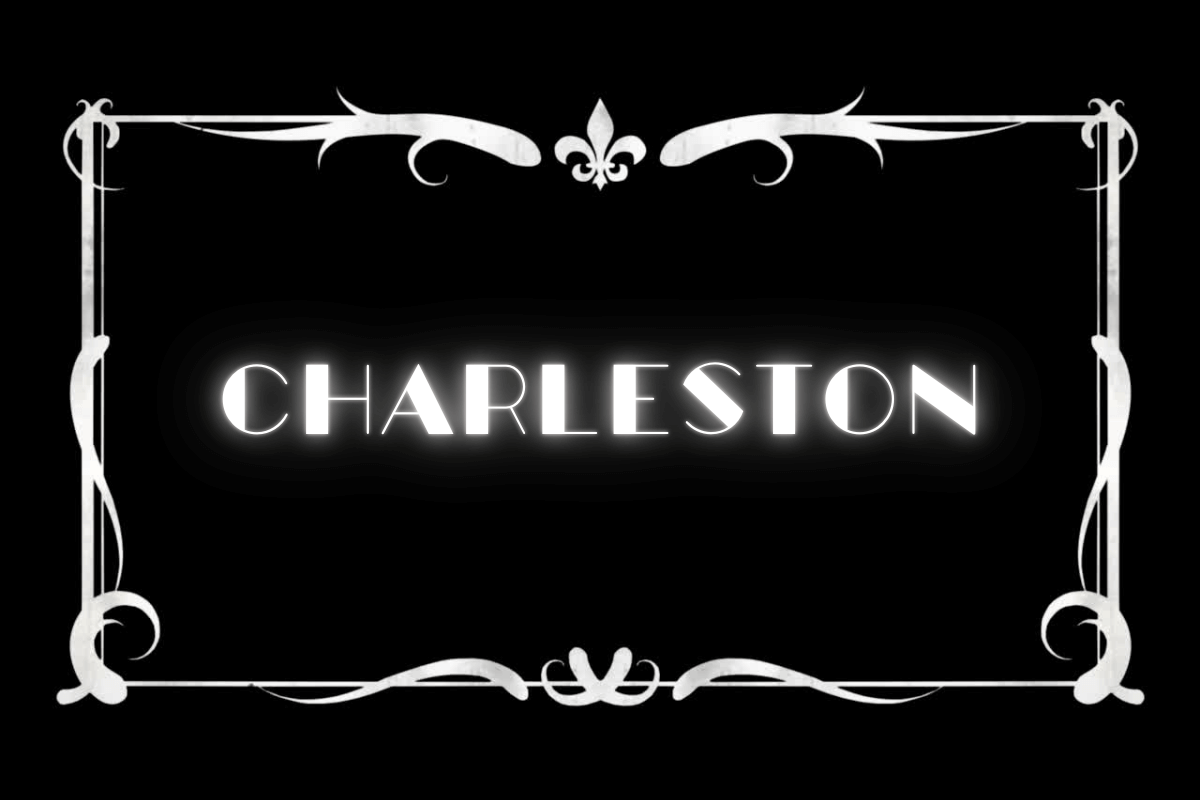
The “Charleston” is one of the most iconic dances of the 1920s, known for its lively movements, rapid footwork, and carefree style.
Named after the city of Charleston, South Carolina, the dance became a symbol of the Jazz Age and quickly took over dance floors across the United States and beyond.
The Charleston was often danced to jazz music, and its energetic movements mirrored the vibrant, free-spirited culture of the Roaring Twenties.
It was a favorite in speakeasies, and its popularity in the dance halls and clubs helped define the era.
The Charleston’s wild, unrestrained movements became a hallmark of the 1920s flapper image, showcasing a break from more traditional, reserved dances.
Examples in sentences:
- “They danced the Charleston all night at the speakeasy.”
- “The Charleston was the dance to know if you wanted to be part of the Jazz Age crowd.”
- “She’s got the moves, especially when it comes to the Charleston.”
- “The Charleston became a defining feature of the 1920s dance craze.”
- “The floor was packed with people doing the Charleston, everyone having a blast.”
Cut a Rug
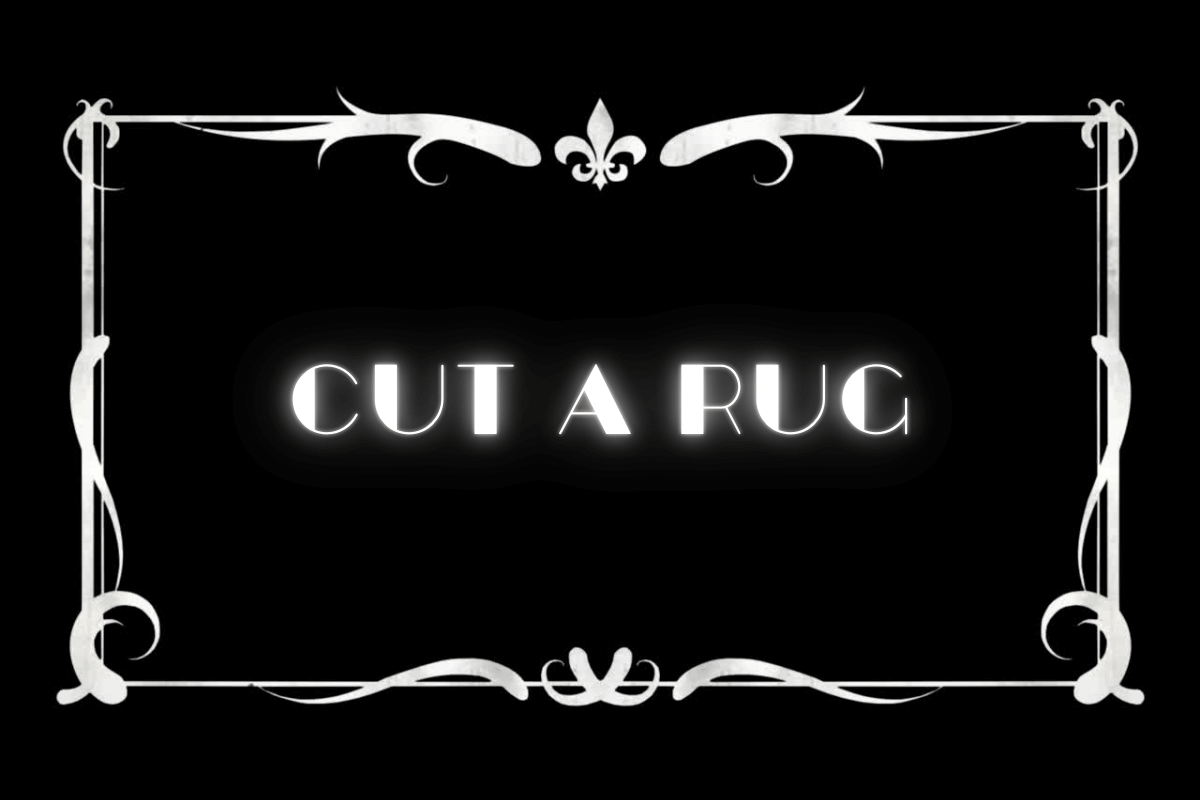
“Cut a rug” is a lively and colorful way to describe dancing, particularly when someone is moving energetically or performing an impressive routine.
The term comes from the idea that dancing so vigorously might wear out or “cut” the rug beneath you.
Though the phrase originated in the 1920s, it remains a playful expression for dancing today, particularly in the context of having a great time on the dance floor.
During the Jazz Age, when dance crazes like the Charleston and the Black Bottom were all the rage, people were “cutting a rug” in clubs, bars, and speakeasies.
It became a popular way to describe those who didn’t just dance but danced with full enthusiasm, often stealing the show.
Examples in sentences:
- “They were cutting a rug all night long at the party.”
- “Everyone at the speakeasy was cutting a rug to the latest jazz tunes.”
- “He knows how to cut a rug; no one can keep up with him!”
- “The couple cut a rug at the front of the dance floor, and all eyes were on them.”
- “The music was so good, we couldn’t help but cut a rug till the early morning hours.”
Flat Tire
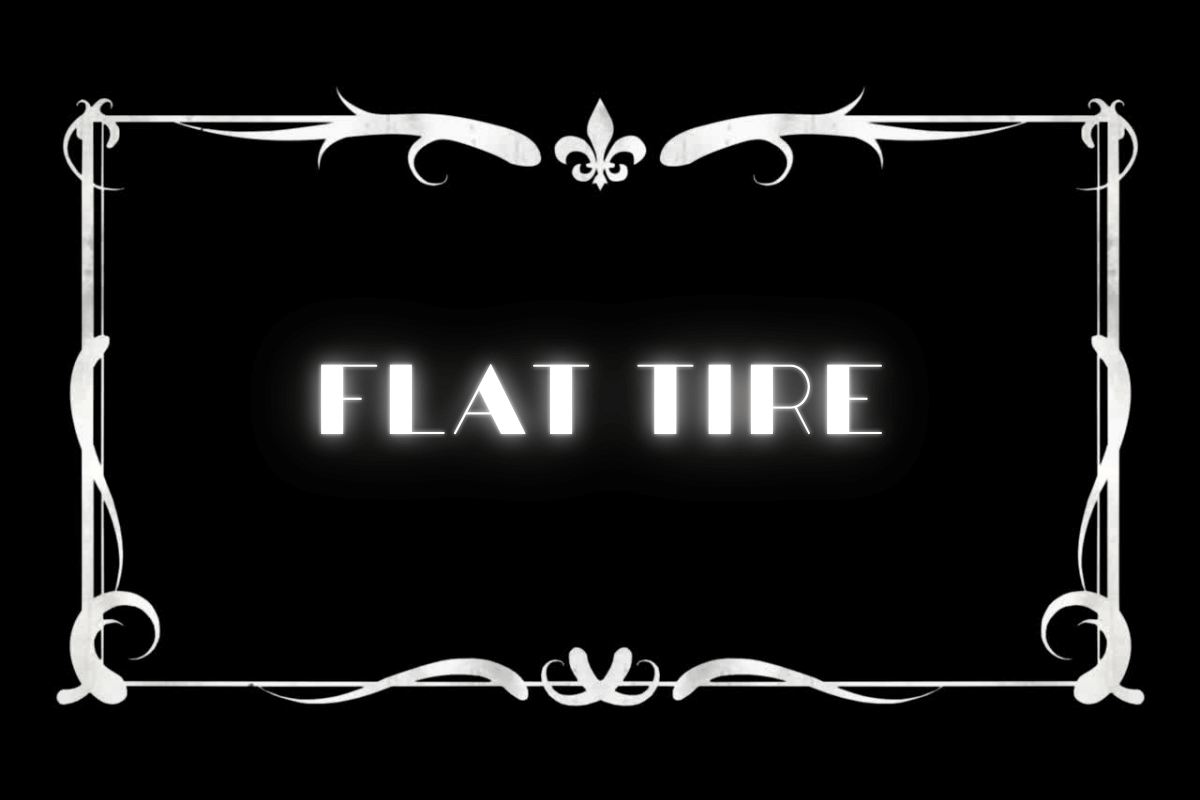
In the 1920s, a “flat tire” was used to describe a dance or party that was a total letdown, lacking excitement and energy.
If a dance was referred to as a “flat tire,” it meant the fun and vibe had deflated, much like a car tire losing air.
This phrase was often used to describe a slow or uneventful evening where no one was really dancing or enjoying themselves to the fullest.
In an era defined by energetic, exuberant dancing, the term “flat tire” became a colorful way to express dissatisfaction when the mood of a dance party fell flat.
It was a perfect contrast to the lively and upbeat slang terms of the time, such as “the cat’s pajamas” or “the bee’s knees.”
Examples in sentences:
- “The party was a flat tire—no one was even dancing!”
- “That last song was a real flat tire, everyone just stood there.”
- “We were hoping for a good time, but the dance floor was a flat tire all night.”
- “I thought the dance would be amazing, but it ended up being a complete flat tire.”
- “The flat tire atmosphere killed the energy of the entire event.”
Floorflusher
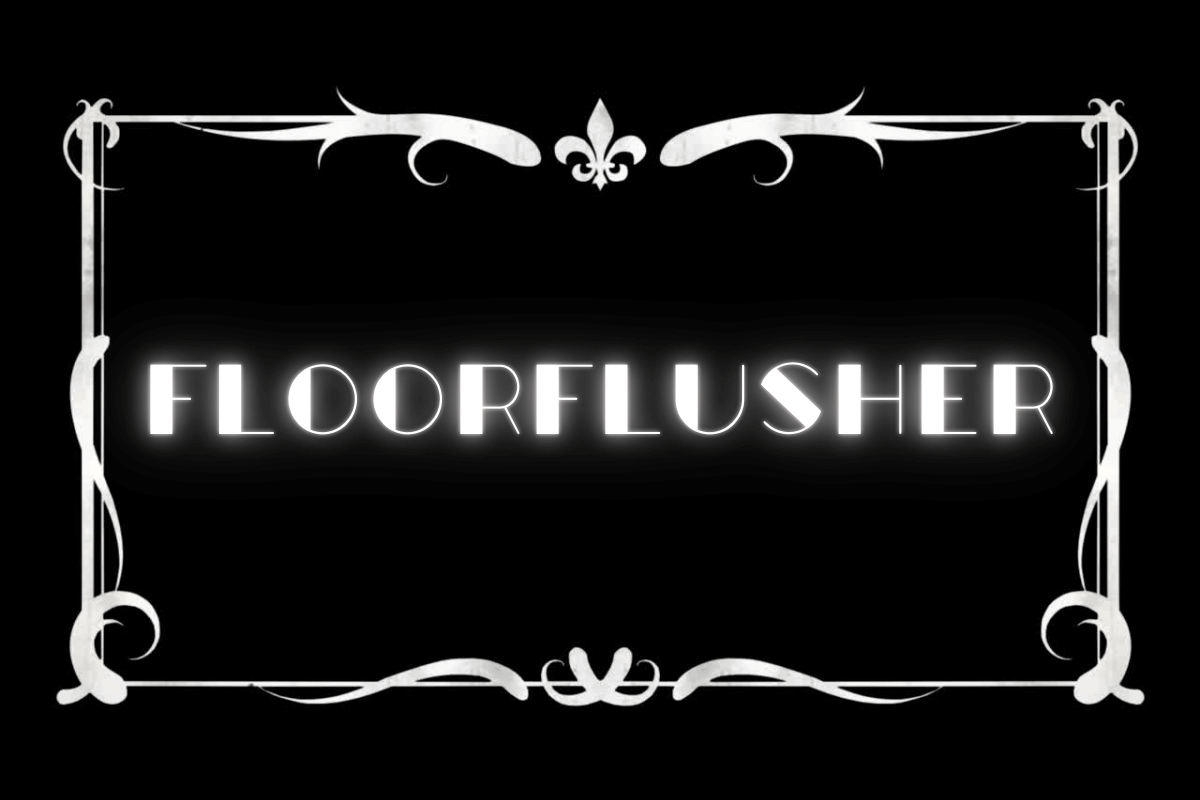
In the 1920s, a “floorflusher” referred to someone who couldn’t seem to leave the dancefloor, no matter how much the party dragged on.
It was typically a fun and endearing term for a dancer who just loved to move and didn’t stop dancing throughout the night.
While it could imply someone who was a bit too eager to hog the dancefloor, it was more often used affectionately to describe a tireless dancer.
Though it’s not commonly used today, “floorflusher” encapsulates the boundless energy and enthusiasm of the Jazz Age’s dance culture.
It painted a picture of someone who was so wrapped up in the rhythm of the night that they simply wouldn’t leave the floor.
Examples in sentences:
- “She’s a true floorflusher, she’s been dancing since the band started!”
- “I’m the floorflusher at every party, I can’t help myself!”
- “He’s the floorflusher who refuses to give anyone else a chance to dance.”
- “We’ve got a floorflusher here—no one’s getting a turn with her!”
- “That’s the third time tonight he’s danced to the same song. Total floorflusher!”
Heeler
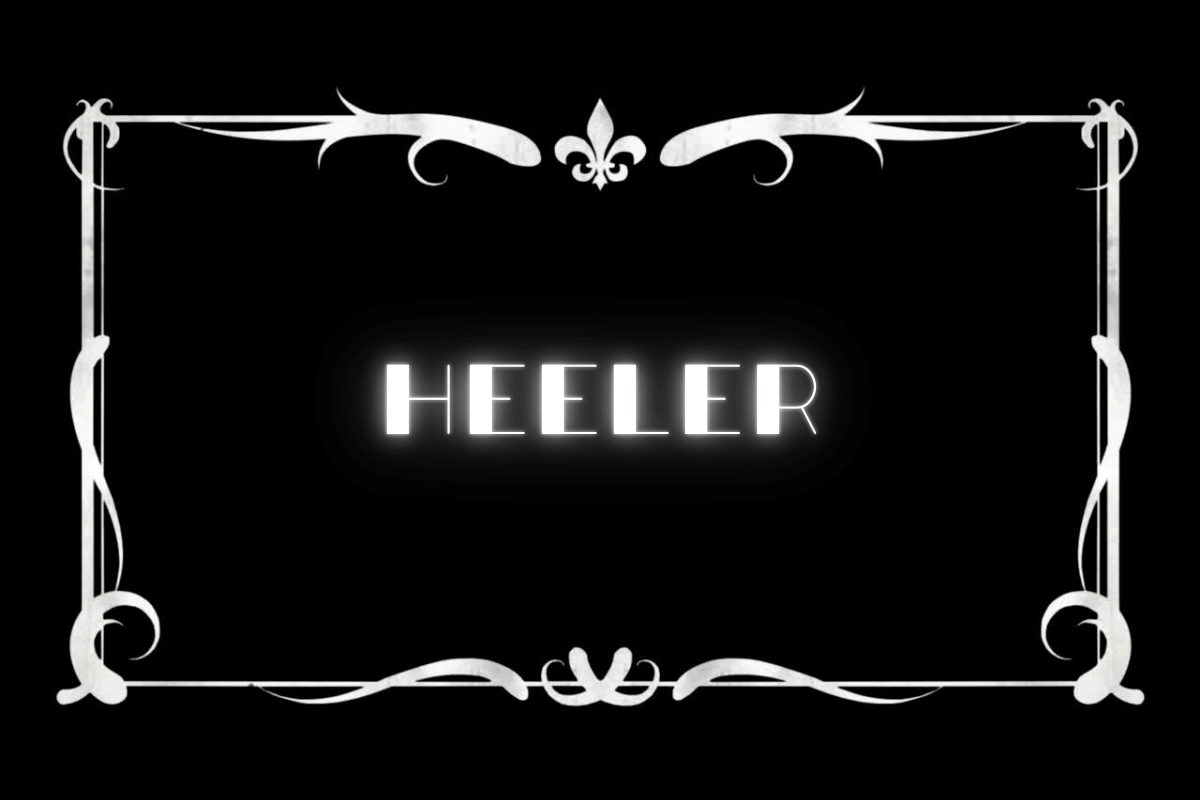
In the 1920s, a “heeler” was used to describe a dancer who just couldn’t quite get the moves right.
This term was often used in a lighthearted, teasing way for someone who wasn’t as graceful or skilled on the dancefloor.
The name comes from the idea that a heeler might “follow” the others’ steps, often stumbling or lagging behind, much like a follower trailing behind a leader.
While not a term of endearment like “hoofer,” “heeler” still carries a sense of fun, as the Jazz Age was all about having a good time, no matter your skill level.
It was a time when everyone, no matter how they danced, was welcome on the floor.
Examples in sentences:
- “He’s not exactly a hoofer, more of a heeler, but he’s still having fun.”
- “Don’t worry about the heeler—everyone’s welcome on the dancefloor!”
- “She can’t keep up with the rhythm, she’s such a heeler.”
- “I was a total heeler at my first dance, but I still had a blast.”
- “They called him a heeler, but he didn’t mind, he was still enjoying the music.”
Hoofer
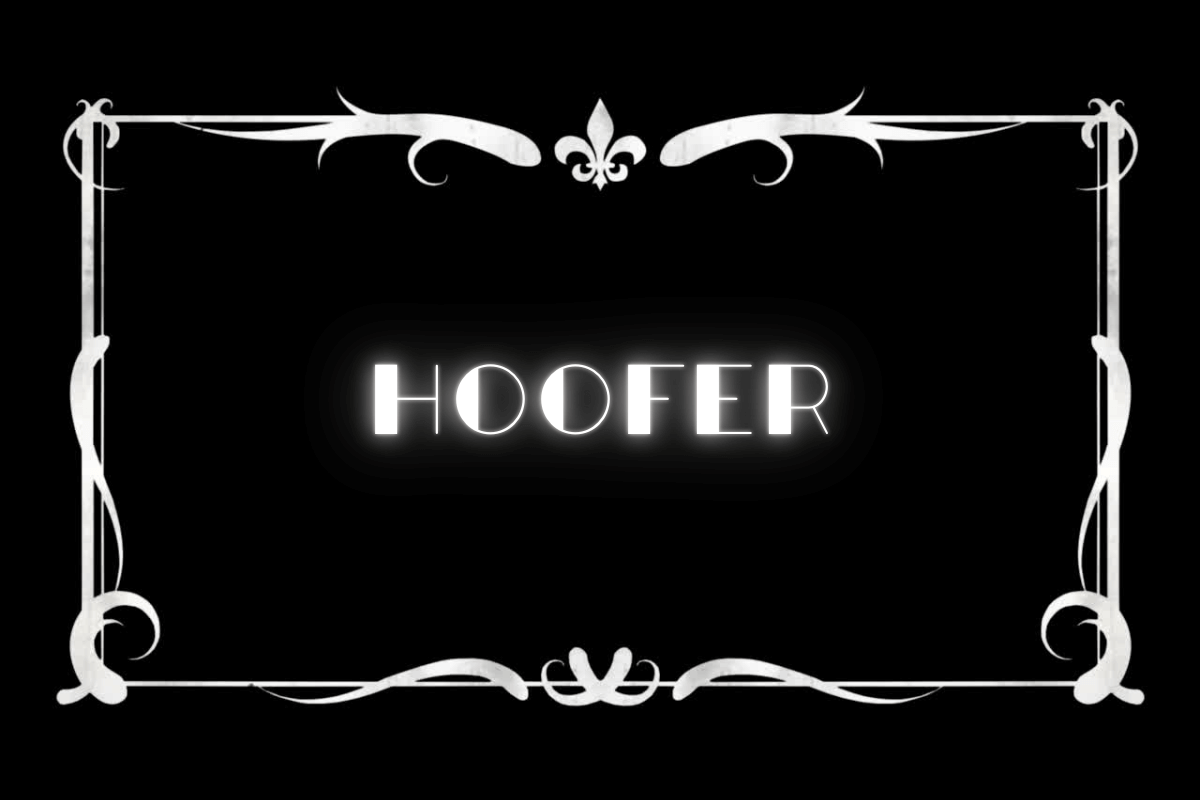
The term “hoofer” originated in the 1920s to describe someone who was exceptionally talented at dancing, often in a professional capacity.
A hoofer was someone who could dazzle the crowd with their moves, impressing everyone with their smooth rhythm and skill.
The term is thought to come from the 19th-century dance troupes, who were known as “hoofers” due to their footwork, making it a natural fit for any dancer who could really “find their feet” on the floor.
During the Jazz Age, being a hoofer was a mark of respect, as dance became a central part of social life.
Hoofer performances were often seen in vaudeville shows and on Broadway stages, where they could truly showcase their expertise.
A hoofer wasn’t just someone who danced—they were the best in the business.
Examples in sentences:
- “She’s a hoofer, no question—she stole the show at the dance last night!”
- “If you want to make it in this town, you’ve got to be a hoofer to get noticed.”
- “That guy’s a hoofer, you can tell by the way he moves.”
- “The hoofer’s performance left the audience in awe, they couldn’t get enough of his footwork.”
- “He may not be a hoofer, but he sure knows how to enjoy the dance.”
Hop
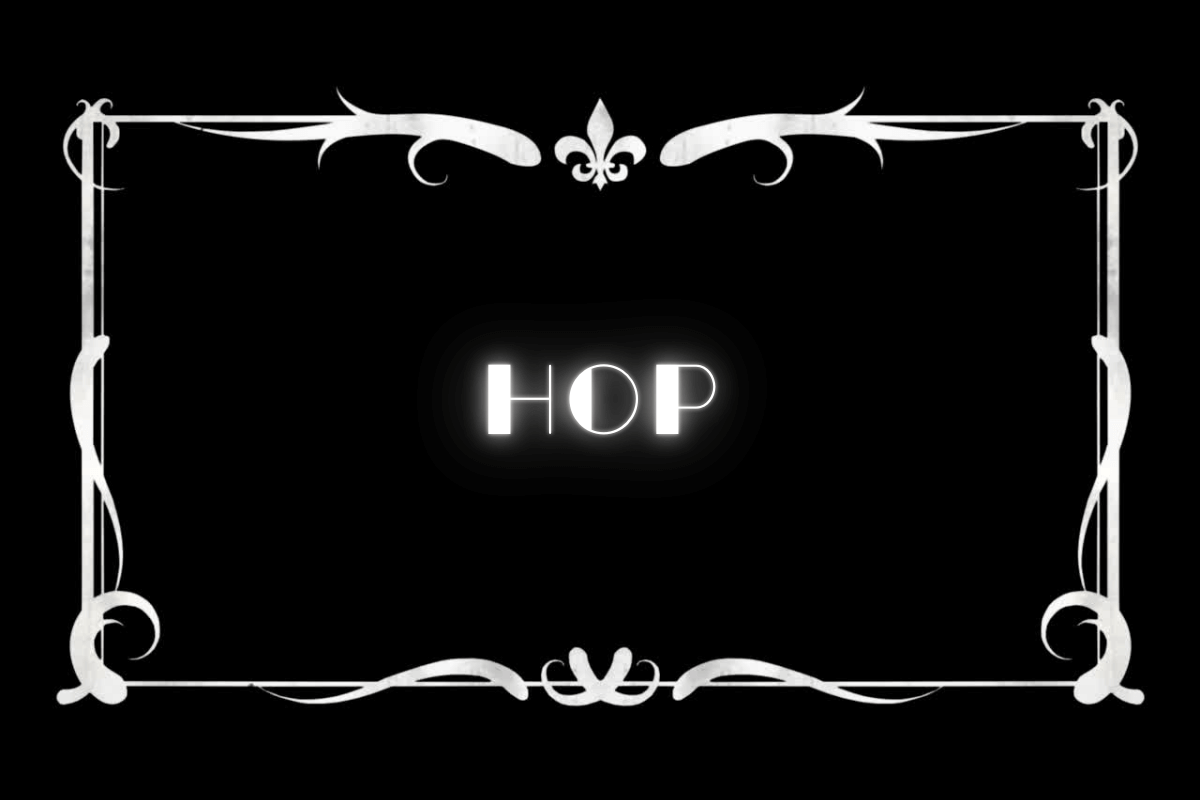
“Hop” was a widely used term during the 1920s, referring to a dance or a dancing event.
The term was especially popular among young people attending social gatherings, and could describe any kind of dance, from a casual one at a house party to a larger, more elaborate ball.
The term could also refer to a specific kind of dance style, one with quick, energetic movements, similar to how we use “jive” or “boogie” today.
The term “hop” became especially popular in the 1920s, particularly in reference to school dances or informal parties.
It was derived from the practice of holding dances in school gymnasiums, where dancers were required to remove their shoes to avoid damaging the floor.
These “sock hops” eventually shortened to simply “hops,” and the term stuck for any kind of gathering that involved dancing and music.
Examples in sentences:
- “We’re heading to the hop tonight, you in?”
- “That hop was a blast—everyone was out on the floor all night.”
- “I hear there’s a great hop at the old ballroom this Saturday.”
- “They’re hosting a hop for the graduates this weekend.”
- “We need to find a new venue for the hop, this one’s getting crowded.”
Putting on the Ritz
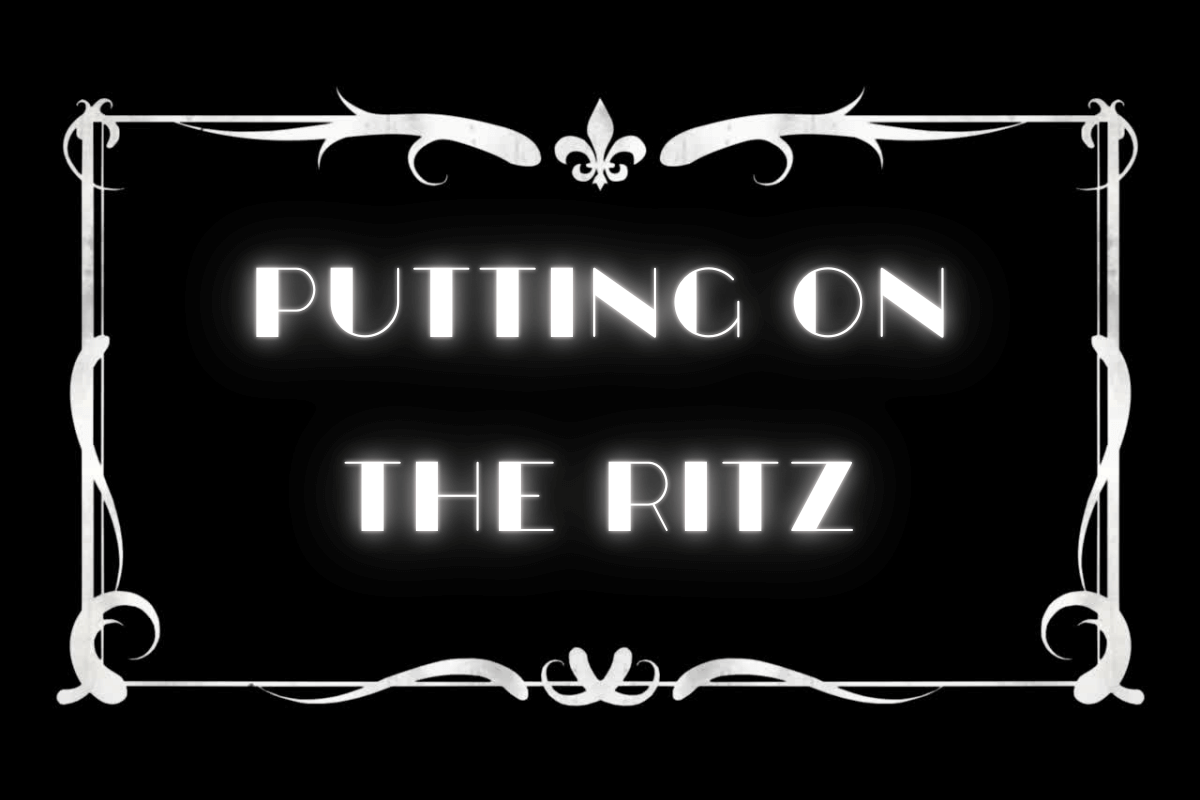
“Putting on the Ritz” is a phrase from the 1920s that originated from the luxurious Ritz Hotel, a symbol of high society and elegance.
The term was used to describe someone dressing up in an extravagant, fashionable manner or performing in a showy, refined way on the dancefloor.
It became associated with the glitz and glamour of the Jazz Age, reflecting the period’s fascination with wealth, style, and sophistication.
The phrase was popularized by the song “Puttin’ On the Ritz,” written by Irving Berlin in 1927, which emphasized the extravagance and social aspirations of the time.
It was not only used for fancy dress but also applied to the high-energy, stylish dances that were all the rage during the Roaring Twenties.
Examples in sentences:
- “She was really putting on the Ritz with that dress and those dance moves.”
- “At the ball, everyone was putting on the Ritz in their best tuxedos.”
- “He loves putting on the Ritz when he takes her out for dinner.”
- “They danced like they were putting on the Ritz, all grace and glamour.”
- “I’ve never seen a party where everyone was putting on the Ritz like this one!”
Shimmy
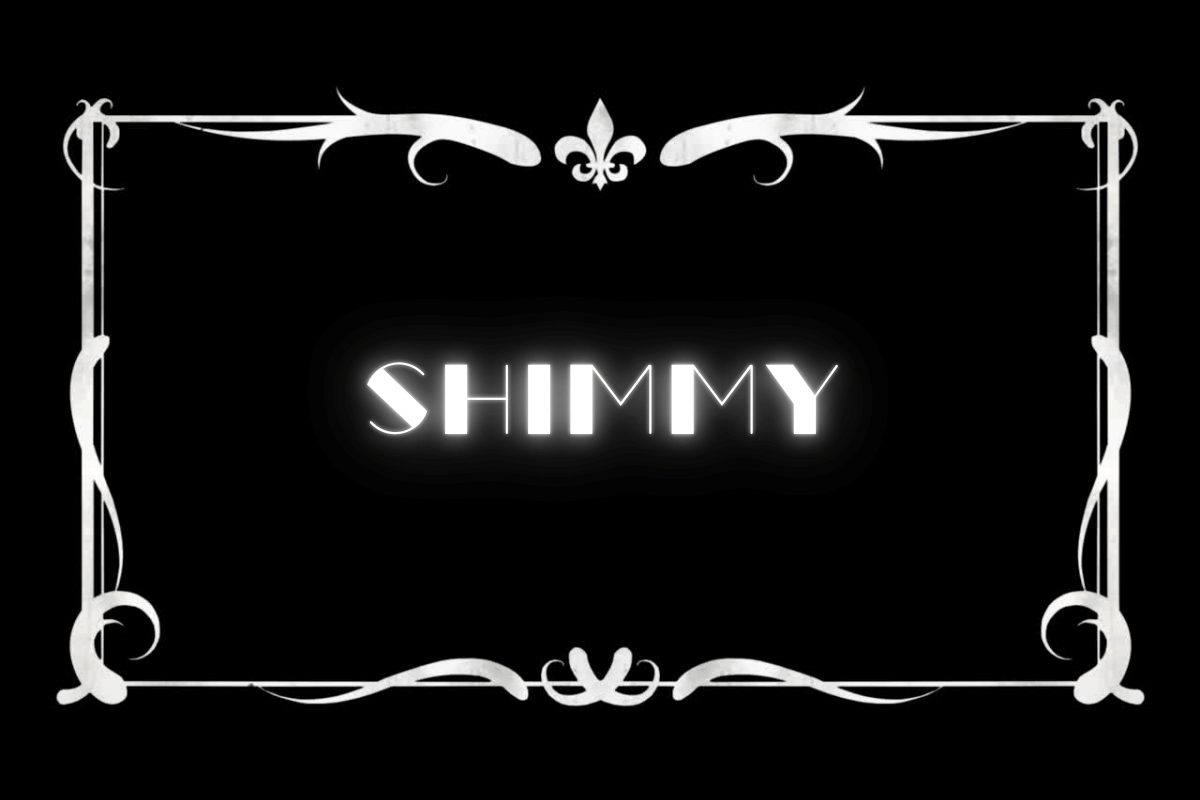
The “shimmy” was a popular dance move during the 1920s that quickly became associated with the energetic, free-spirited style of dancing that defined the Roaring Twenties.
It involves a rapid shaking or vibrating of the body, particularly the hips and shoulders, in a way that is both fun and flirtatious.
The shimmy was often performed to jazz music, making it a natural fit for the lively dance floors of the time.
Initially considered a daring and somewhat scandalous move, the shimmy gained popularity in the mainstream as it was embraced by flappers and jazz-age dancers.
It remains one of the most iconic dances from the Jazz Age, epitomizing the carefree and rebellious spirit of the era.
Examples in sentences:
- “She’s got the best shimmy on the dance floor, everyone stops to watch!”
- “At the party, they spent hours shimmying to the latest jazz hits.”
- “He couldn’t help but join in, his feet tapping and hips shimmying along.”
- “The crowd went wild as she performed the shimmy during her solo.”
- “After a few drinks, he was shimmying away like a pro!”
Stag
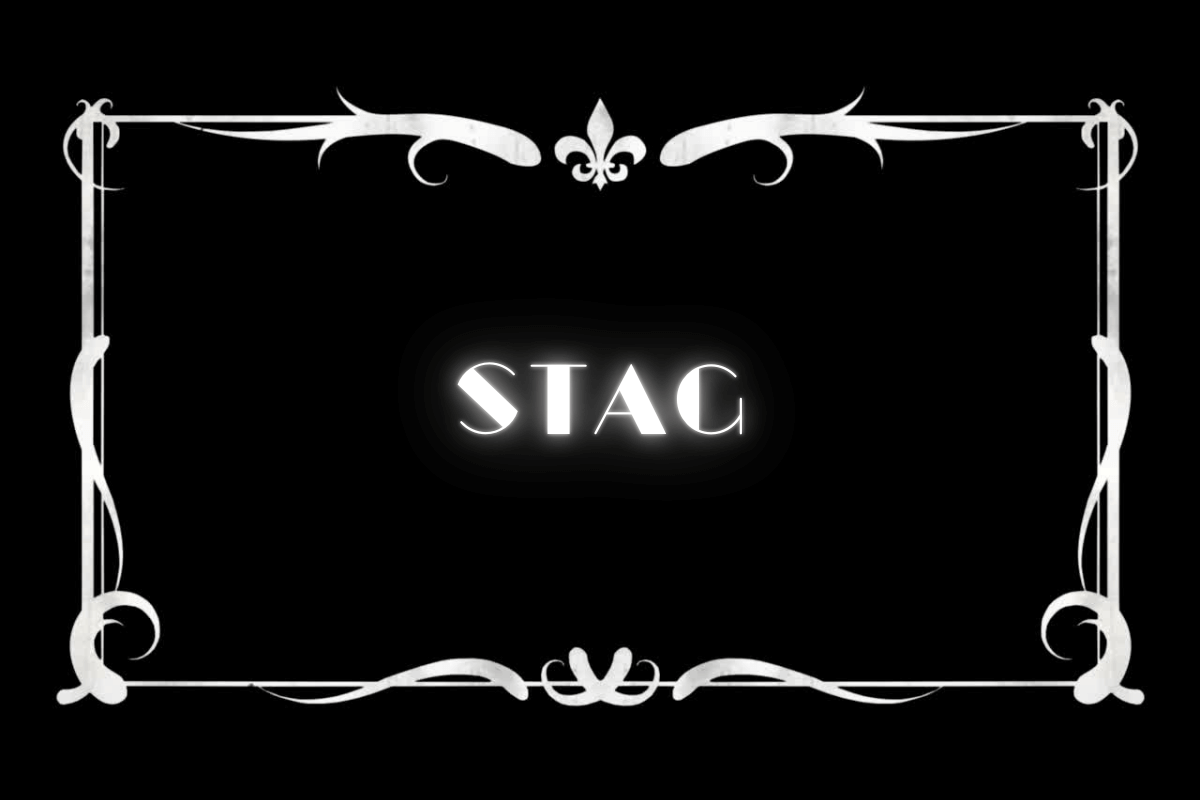
In the 1920s, the term “stag” was commonly used to refer to a man who arrived at a dance or social event without a date.
While the term is still in use today, it was especially popular during the Jazz Age when social dances and gatherings were a big part of the culture.
Being a “stag” was often seen as a sign of independence, though it could also suggest that the man was trying to attract attention or meet someone new.
Interestingly, the term “stag” was also used for men attending all-male events or gatherings, often associated with bachelor parties or certain types of club meetings.
It’s still used today, particularly in phrases like “stag do,” referring to a bachelor party in the UK.
Examples in sentences:
- “He showed up as a stag, ready to have a good time and dance the night away.”
- “Not a single woman in sight—he’s the only stag at the party.”
- “He didn’t have a date, but he wasn’t shy about being the life of the party as a stag.”
- “The stag was looking for someone to dance with, but the floor was packed.”
- “He’s a real stag, always attending events solo and enjoying the freedom.”

